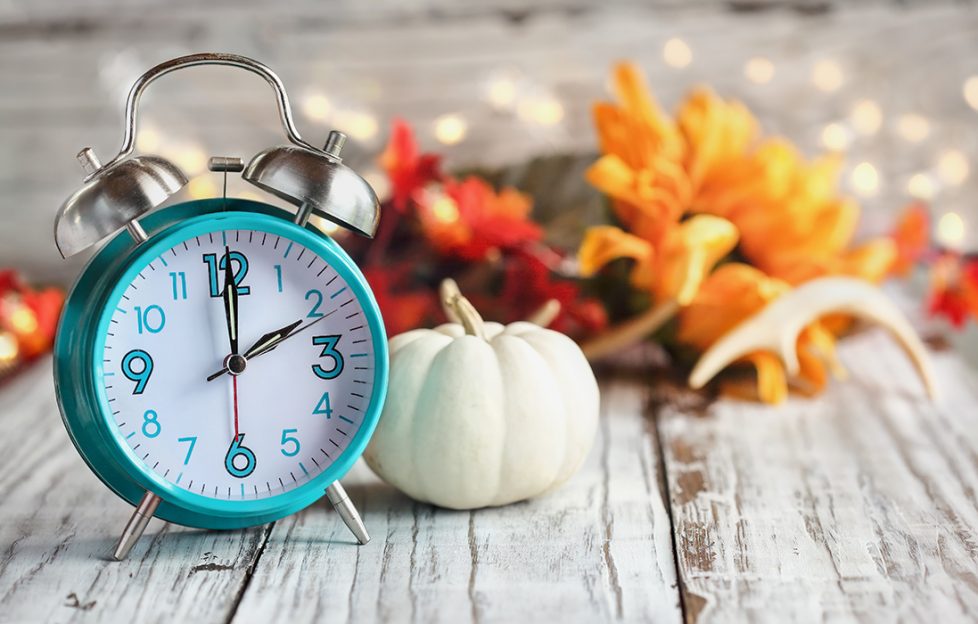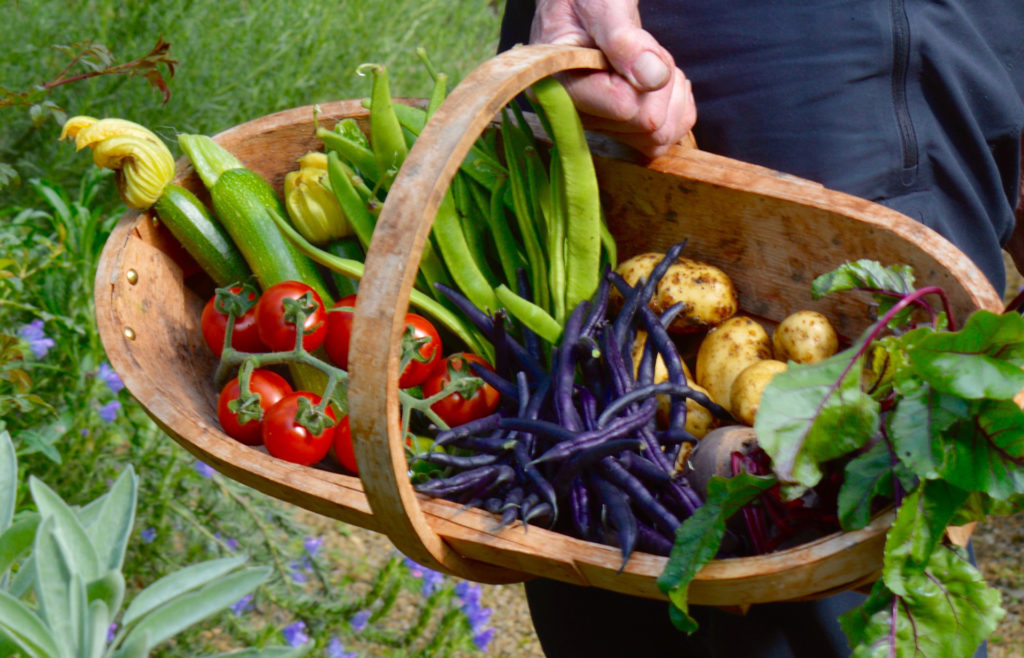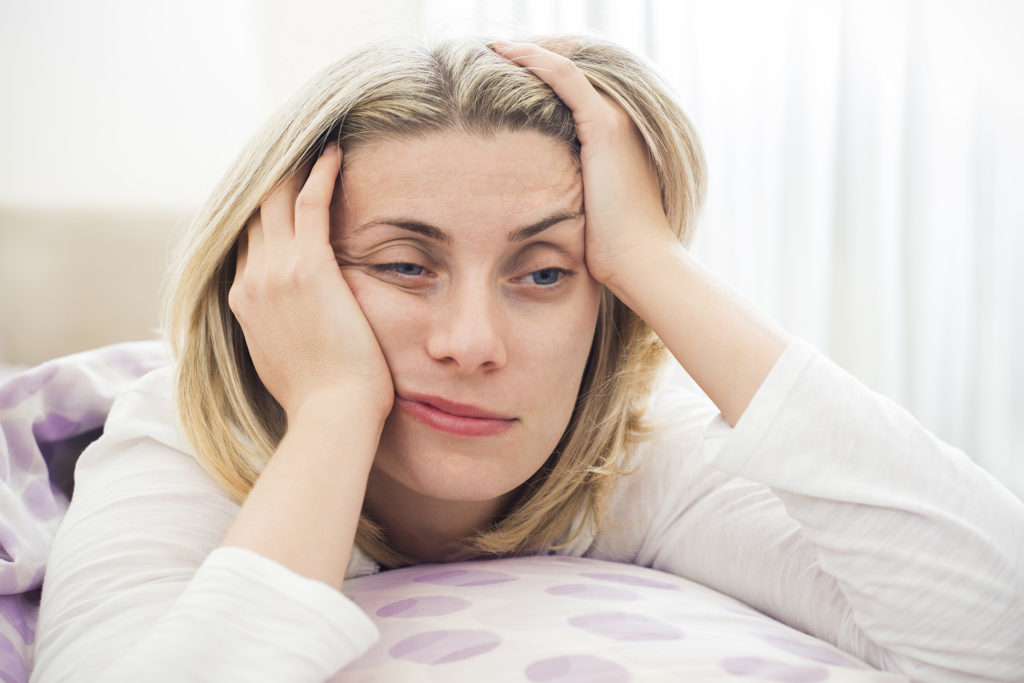Don’t Be SAD When The Clocks Go Back

By AXA PPP Healthcare
Look after your health when the nights get darker…
Do you feel low during the winter months? You’re not alone. In fact many of us feel the winter blues. For some of us, however, the symptoms are more persistent and more serious. This persistent sadness and exhaustion associated with seasonal changes has been recognised as a type of diagnosable depression, called Seasonal Affective Disorder (SAD). According to the Royal College of Psychiatrists, approximately 3% of us will be badly enough affected by SAD that it interferes with our normal life.
Symptoms can start as early as August and are at their worst from November to February, usually disappearing by April. SAD can be caused by a lack of light during winter when days are shorter with less sunshine, and the sun is not as bright. However, other conditions which reduce light levels can bring on the symptoms of SAD at any time of the year, for example, prolonged periods of dull weather in summer, or low levels of light at home or at work.
Many people feel that they suffer with loss of energy and feel more emotional during the winter months. However, there are many things that we can do to help with this – a few ideas are:
- Exercise – it can be hard to feel motivated to keep active as the nights draw in but just 20 minutes of brisk walking, jogging, cycling or house work that raises your heart-rate can really help you feel more energetic and happier.
- Get daylight – natural daylight supports our circadian clock and help us sleep at night. So even if you seem to go to work when it’s dark and also go home when it’s dark – get out in your lunch hour – even better use it as a time to do your daily exercise.
- Sleep – get plenty of good quality sleep. It essential for good mental and physical wellbeing. Cut down stimulants such as caffeine and alcohol as they can disrupt our body clocks and impact the quality of our sleep.
- Stay connected – make dates for social time with friends and family – always have something to look forward to.
- Explore your stress triggers – write them down and share with a close friend. Maybe you can look at these experiences in a different way.
- Eat well – you may feel like eating lots of comfort food, but these tend to be high in processed sugars which impact your energy and your mood. Remember your 5 a day and get loads of fresh fruit and veg.
- Hydrate yourself – water can really help.
When To See The GP
If your symptoms persist or get worse please go to see your GP who may recommend a course of treatment to help. Talking therapies and practical solutions such as light-boxes are among the options available. Light boxes (which simulate sunshine) have been shown to be effective in over 80% of diagnosed cases of SAD. Most modern light boxes emit an intensity of 10,000 lux and treatment will take 30 mins to 1 hour a day. By way of comparison, the intensity of a bright summer day can be 100,000 lux. Treatment usually starts to work within 3 to 4 days. But before you go down this route, it’s worth trying out some of the suggestions above. Not only are they free, but they’ll help boost your mood and improve your overall wellbeing while you’re at it!
Exercise & Diet
Other good ways of helping your body to stimulate serotonin production are exercise and good diet. This means pushing away the leftover cake and eating sensible carbs to stimulate serotonin. Sweets and simple carbs, like white rice and white bread, quickly raise blood sugar, flood you with insulin, and then you tend to feel low. Eating wisely also means watching the caffeine, which suppresses serotonin.
Have these foods on hand:
- Popcorn
- Oatmeal (original)
- Nuts
- Egg whites for omelettes
- Peanut butter
- Pre-washed veggies
- Fruit
- Whole grain crackers and bread
- Lean Turkey/chicken
- Cottage cheese
What are the symptoms of SAD and how do they differ from depression?
SAD is a type of depression with a particular pattern – it starts and stops regularly with the seasons each year. It is sometimes known as recurrent winter depression because the symptoms are typically more apparent and tend to be more severe during the winter.. SAD is classified as a diagnosable depressive disorder in its more severe forms. Most of the symptoms of SAD are the same as those of “ordinary” (non-seasonal) depression. These include:
- A persistent low mood
- Lack of energy
- Loss of pleasure or interest in normal everyday activities
- Irritability
- Feelings of despair, guilt and worthlessness
- Seeing other people less
- Less interest in sex
However, the symptoms of SAD are slightly different. In non-seasonal depression, people commonly sleep less and eat less. In SAD, they usually sleep more and eat more. If you have SAD, you may find it very difficult to wake up in the morning and can often feel sleepy during the day. You may crave chocolate and high carbohydrate foods, such as white bread or sugary foods. If you have SAD, you probably won’t be doing as much physically, so it’s easy to put on weight. Finally, unlike other forms of depression, SAD-type symptoms subside when the season changes. For some people, these symptoms can be severe and have a significant impact on their day-to-day activities. There are number of things you can do to try and improve your mood and energy levels (see above), but if the feelings persist or get worse as winter develops, please visit your GP to discuss possible treatments and support.
For any more information on SAD or other health queries, visit AXA PPP healthcare’s health and wellbeing centre, and if you’re struggling to sleep, visit AXA PPP healthcare’s sleep centre.







